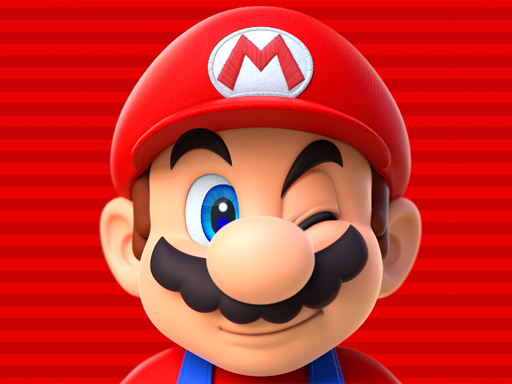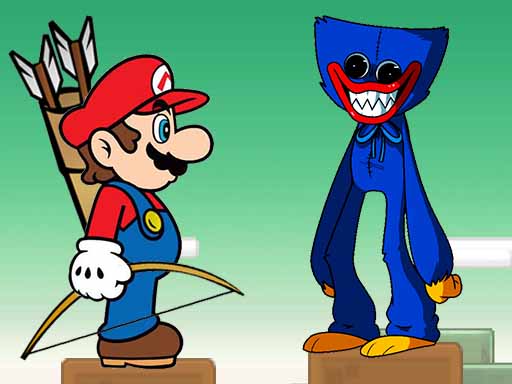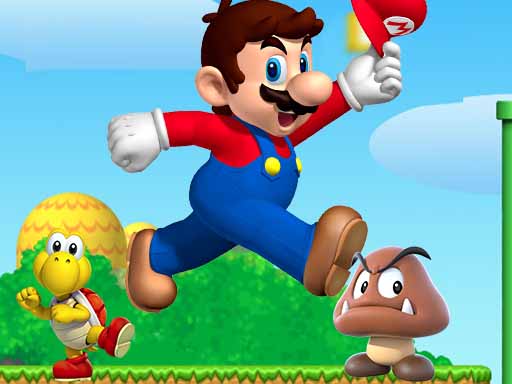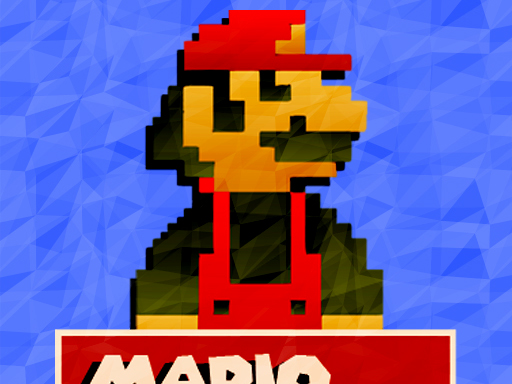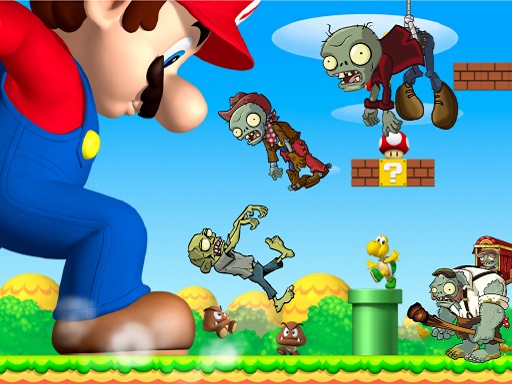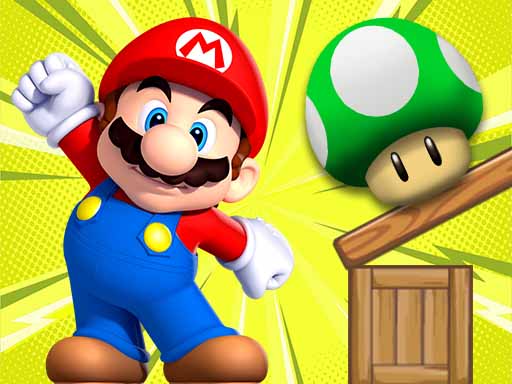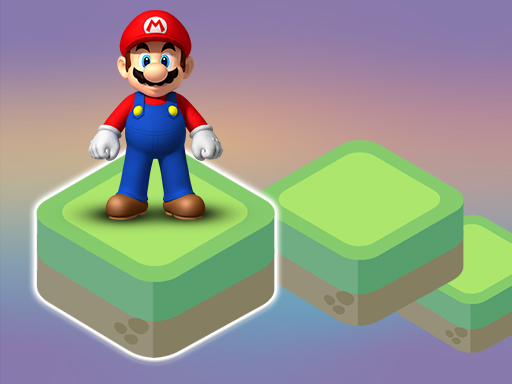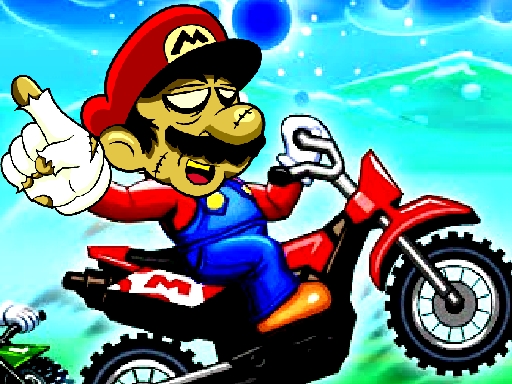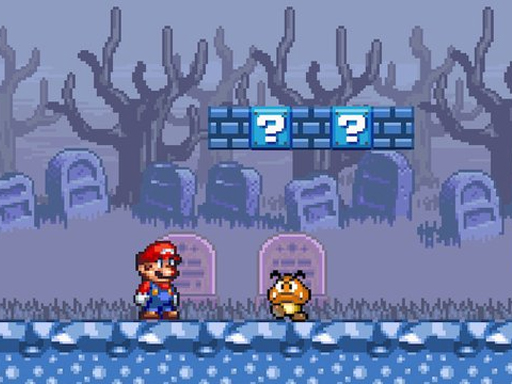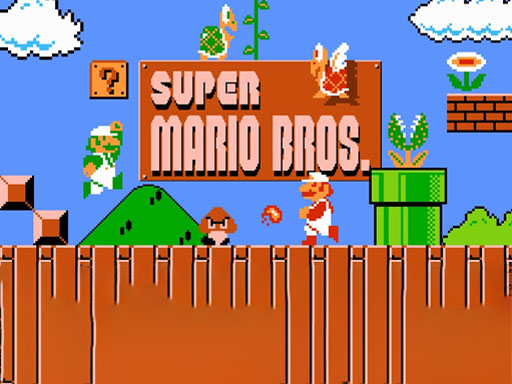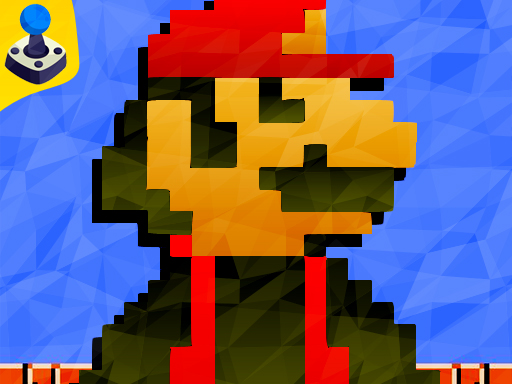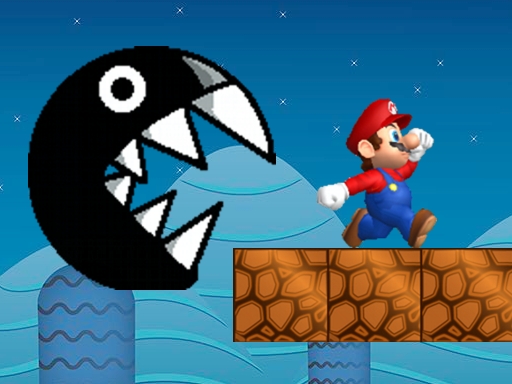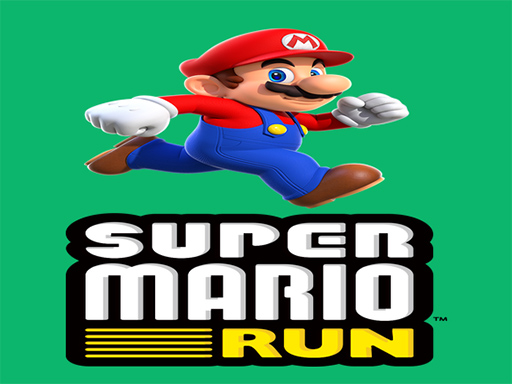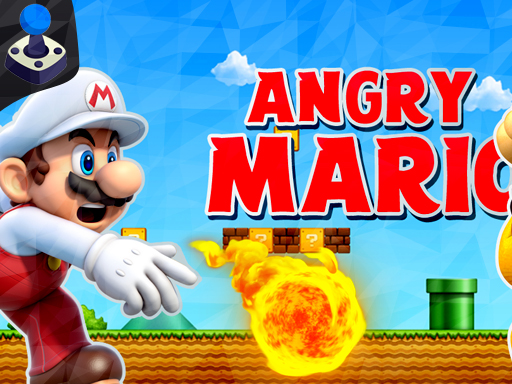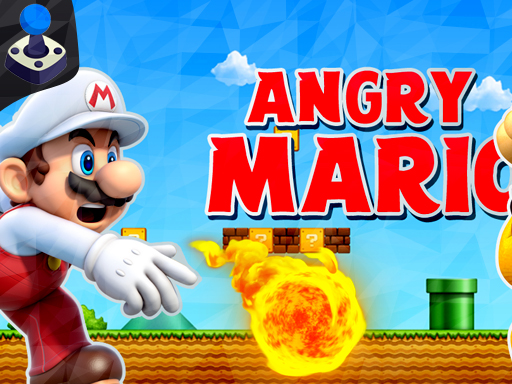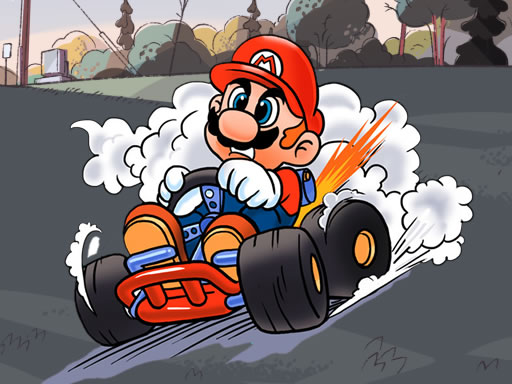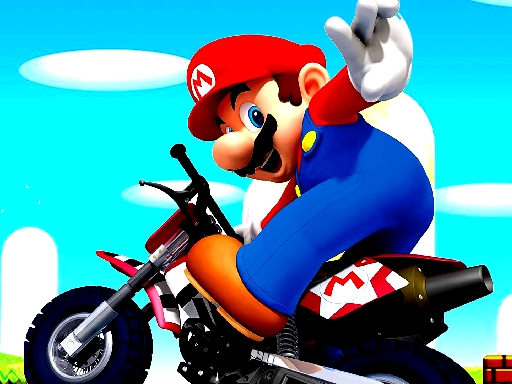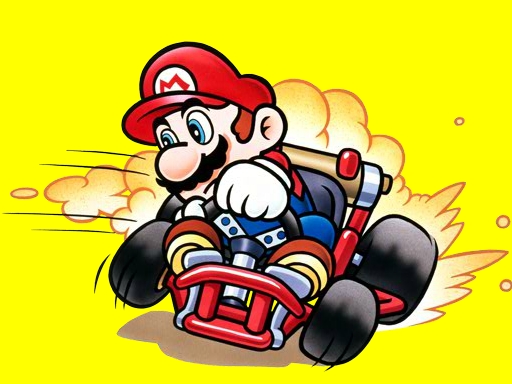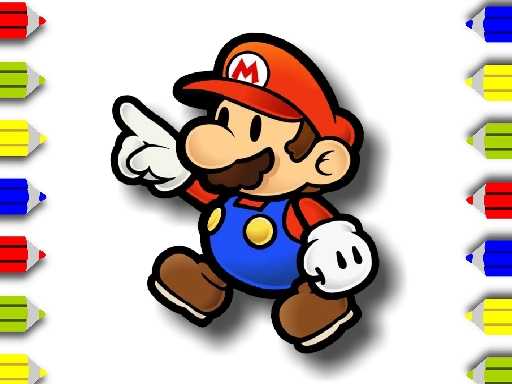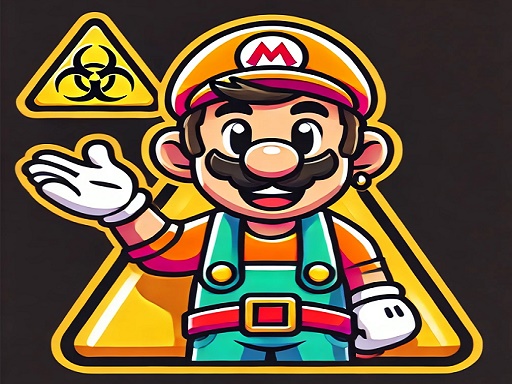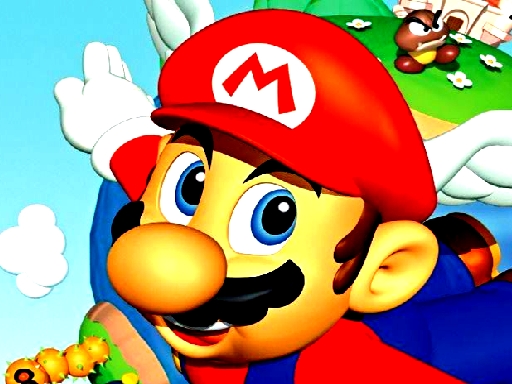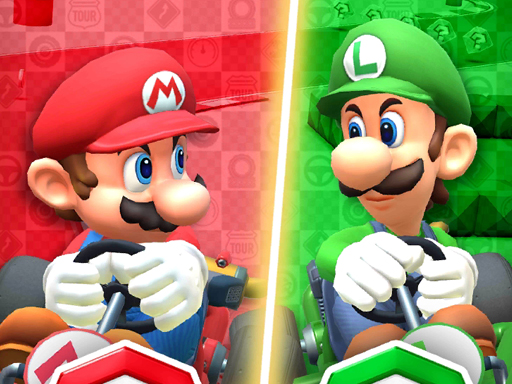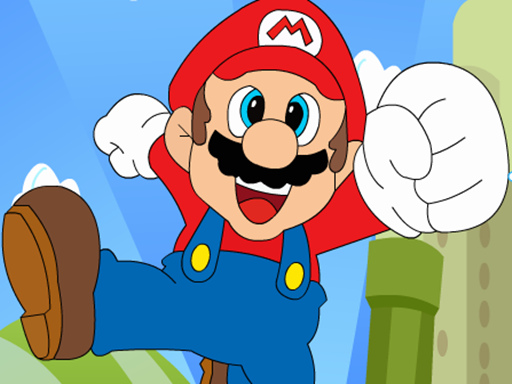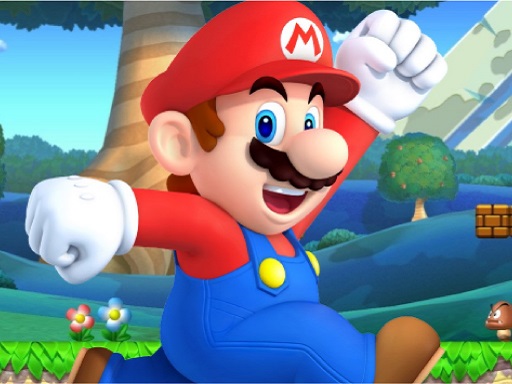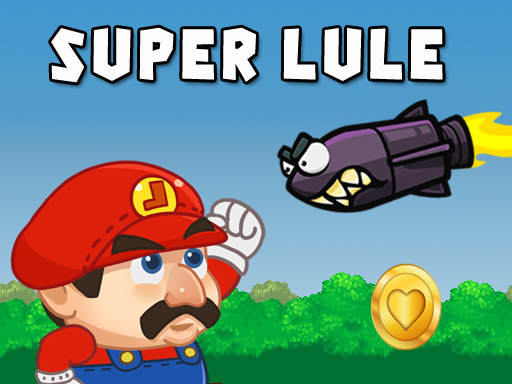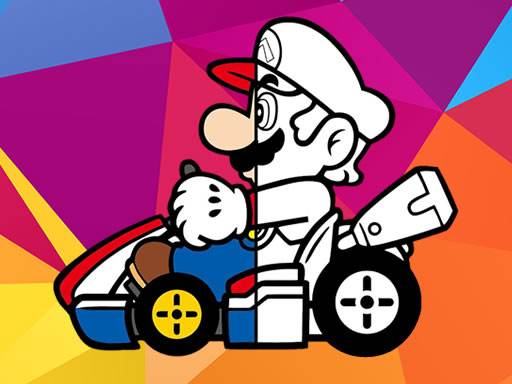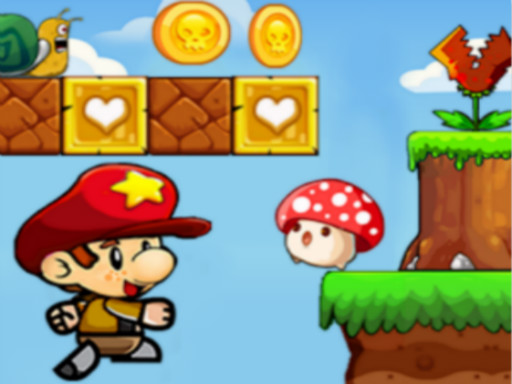
"Super Mario World Squirrel" is a bit of a misnomer, as the classic Super Mario World (released on the SNES in 1990/1991) did not feature a "squirrel" power-up. The iconic flying power-up in Super Mario World was the Cape Feather, which transformed Mario into Cape Mario, allowing him to fly, glide, and spin his cape.
The confusion likely stems from a later Super Mario game that did introduce a squirrel-like power-up: New Super Mario Bros. U, which was released for the Wii U in 2012 (and later re-released as New Super Mario Bros. U Deluxe for the Nintendo Switch in 2019).
The Flying Squirrel Suit in New Super Mario Bros. U
The Flying Squirrel Suit (also known as the Squirrel Suit) is a prominent new power-up in New Super Mario Bros. U and New Super Mario Bros. U Deluxe.
Here's how it works and its features:
-
Appearance: When Mario (or Luigi, Toad, or Nabbit) collects a Super Acorn, they transform into their Flying Squirrel form. This gives them a brown, furry suit with a large, parachute-like membrane between their arms and legs, resembling a real-life flying squirrel.
-
Abilities:
- Glide: The primary ability is to glide after jumping. By holding the jump button, characters can significantly slow their descent and travel long horizontal distances, much like the Cape Feather but without the initial long flight needed.
- Wall Cling: Flying Squirrel characters can cling to walls for a brief period, allowing them to scale certain obstacles or recover from falls.
- Mid-air Boost: While gliding, you can perform a single mid-air boost by pressing the jump button again (or shaking the Wii Remote). This gives a quick upward burst, useful for gaining extra height or recovering from tricky situations. After this boost, you'll descend at a faster rate.
- Spin Attack: Like most New Super Mario Bros. power-ups, they can perform a ground pound or a mid-air spin attack to defeat enemies.
-
Comparison to Cape Feather: While both allow for aerial movement, the Flying Squirrel Suit is often considered a more "controlled" glide compared to the Cape Feather's potential for unlimited flight if mastered. The wall cling and mid-air boost are unique to the squirrel form.
-
Waddlewings: The enemy creatures that often drop Super Acorns in New Super Mario Bros. U are called Waddlewings, which are also squirrel-like in appearance.
Why the "Super Mario World Squirrel" Confusion?
It's easy to mix these up because:
- Flying Power-ups: Both games feature a key power-up that grants flight or gliding abilities.
- Animal-Themed Suits: Both the Cape (which gives Mario a yellow cape) and the Flying Squirrel Suit are animal-themed transformations.
- Popularity: Both Super Mario World and the New Super Mario Bros. series (especially U Deluxe on Switch) are very popular 2D Mario games.
So, when someone mentions "Super Mario World Squirrel," they are almost certainly thinking of the Flying Squirrel Suit from New Super Mario Bros. U / Deluxe and mistakenly associating it with the earlier SNES classic.
FAQs about Super Mario World Squirrel (referring to Flying Squirrel Suit)
Q1: Did Super Mario World (SNES) have a squirrel power-up? A1: No, Super Mario World did not have a squirrel power-up. Its main flying power-up was the Cape Feather, which transformed Mario into Cape Mario.
Q2: Which Mario game features the "squirrel" power-up? A2: The "squirrel" power-up, officially called the Flying Squirrel Suit, was introduced in New Super Mario Bros. U (Wii U, 2012) and is also present in its Nintendo Switch re-release, New Super Mario Bros. U Deluxe (2019).
Q3: What does the Flying Squirrel Suit do? A3: It allows characters to glide through the air, cling to walls briefly, and perform a single mid-air boost for extra height.
Q4: How do you get the Flying Squirrel Suit? A4: You get the Flying Squirrel Suit by collecting a Super Acorn item in New Super Mario Bros. U or New Super Mario Bros. U Deluxe.
Q5: Is the Flying Squirrel Suit similar to the Tanooki Suit or Cape Feather? A5: It shares similarities with both in its aerial movement. Like the Cape Feather, it allows for gliding. Like the Tanooki Suit (from Super Mario Bros. 3 and Super Mario 3D Land/World), it's an animal-themed suit, though it doesn't have the tail whip or statue transformation of the Tanooki Suit. Its unique features are the wall cling and the mid-air boost.
Pros and Cons of the Flying Squirrel Suit (from New Super Mario Bros. U/Deluxe)
Pros:
- Excellent Glide Control: Offers a very precise and controllable glide, allowing players to navigate complex aerial sections, find hidden paths, and recover from tricky jumps.
- Wall Cling Utility: The ability to temporarily cling to walls adds a new dimension to platforming, aiding in climbing, finding secrets, and saving yourself from falls.
- Mid-Air Boost for Recovery: The single mid-air boost is a fantastic "get out of trouble" card, offering a quick burst of height when needed most.
- Accessible Flight: It's a relatively easy-to-use flying power-up compared to the more complex flight mechanics of the Cape Feather or P-Wing, making it more accessible to new players.
- Aesthetic Charm: The sight of Mario and friends as cute flying squirrels is undeniably charming and fits well with the whimsical nature of the games.
- Useful for Coin Collection: The gliding and wall cling abilities often make it easier to reach hidden Star Coins or secret areas.
Cons:
- Limited Offensive Capability: Unlike the Fire Flower or Ice Flower, the Flying Squirrel Suit doesn't offer a direct projectile attack. Its primary offensive use is a standard jump/spin attack or ground pound.
- Not as Powerful as Cape Feather (for experts): For expert players, the Cape Feather's potential for unlimited, sustained flight and powerful cape swipes (if mastered) makes it arguably more versatile than the Flying Squirrel Suit's more limited gliding.
- One-Time Boost: The mid-air boost is a one-time use per jump, meaning you can't constantly ascend like with the Propeller Mushroom.
- Can Encourage Over-Reliance: Its ease of use might make some players overly reliant on gliding, potentially detracting from learning more intricate platforming techniques.
